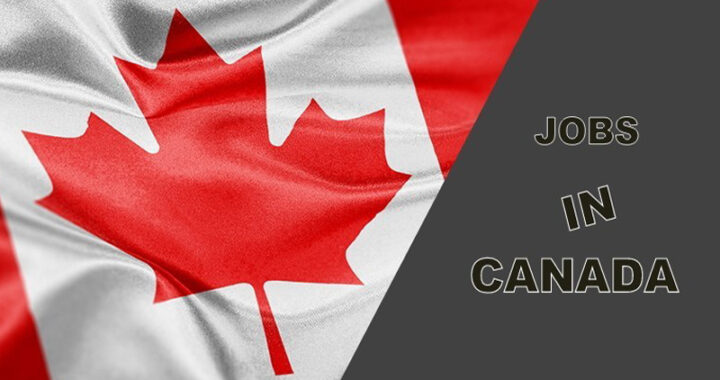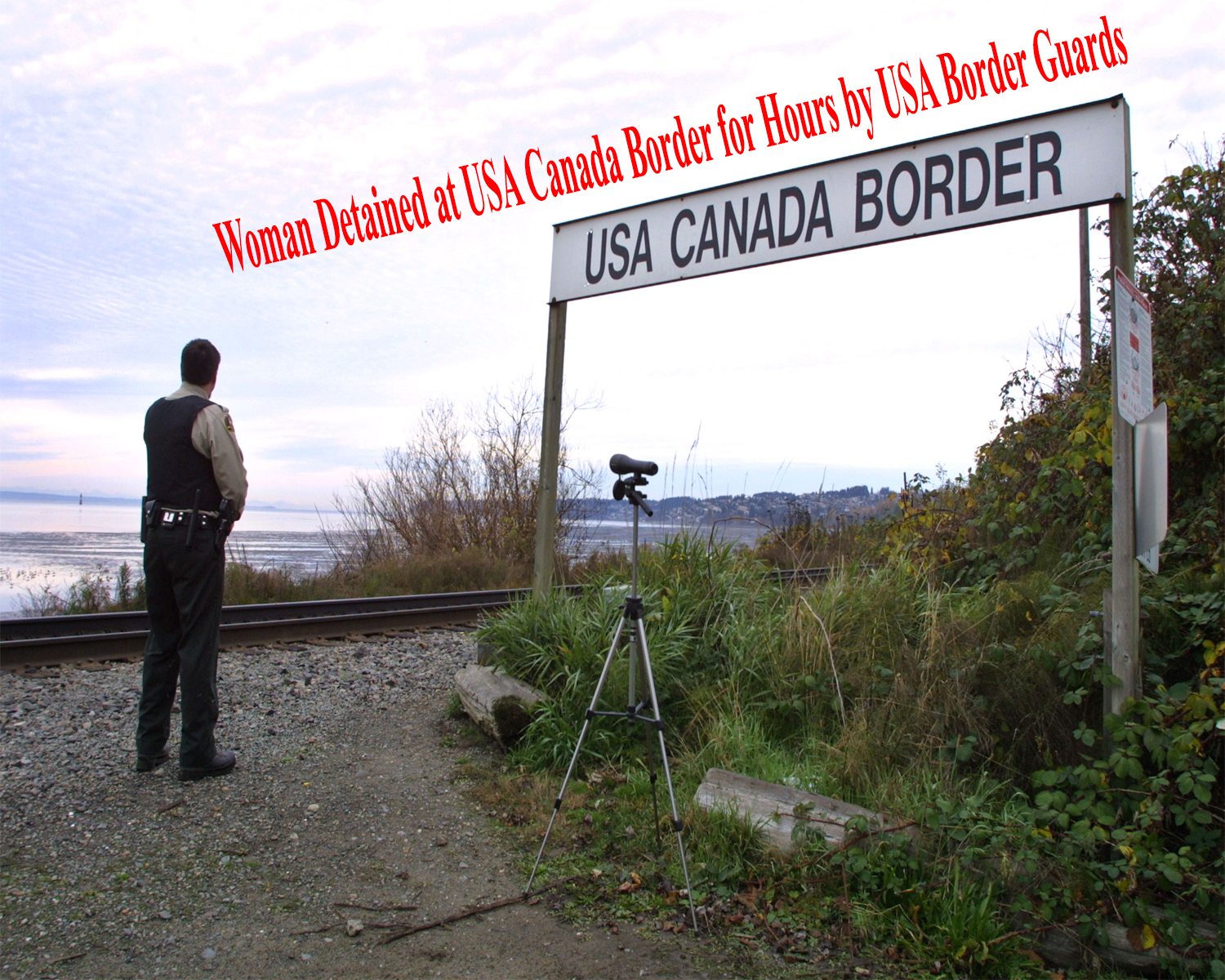UTTAR PRADESH HAS TO SHED ‘HEARTLAND’ STATUS
New Delhi — India’s “heartland” has always been Uttar Pradesh, the country’s most populous state and one that has produced most of its prime ministers. But today Uttar Pradesh needs to give up that label, says a scholar.
“With a deeply fragmented polity and a lack of cohesiveness in its political life, the time has come for Uttar Pradesh to rethink its status as a ‘heartland'”, says Gyanesh Kudaisya in his new book “Region, Nation, Heartland: Uttar Pradesh in India’s Body Politic” (Sage, Rs.595).
Kudaisya argues that a beginning to this effect has been made with the creation of Uttaranchal, carved out of the hilly region of Uttar Pradesh, in November 2000. “However, the process has to go much further.”
Kudaisya, who teaches in the South Asian Studies Programme of the National University of Singapore, refers to the various demands for further splitting up of Uttar Pradesh – into a Harit Pradesh, a Doab Pradesh, a Bundelkhand, a Poorvanchal and an Awadh Pradesh.
“These are growing signs that those raising demands for autonomous states will network and build coalitions,” he writes.
“However, the success of these groups must ultimately depend upon how effectively they are able to interrogate and undermine the structure of the ‘heartland’ in both ideological and territorial terms to be able to bring about structures of governance which are more representative and can harness people’s creative energies for welfare and social development.”
Despite a rich history and its glorious role in India’s independent struggle, Uttar Pradesh, Kudaisya says, finds itself in a mess today.
“The state’s political life lacks a common focus and is deeply fragmented along affiliations of class, caste, religion, faction and region. Its representative and civic institutions are in disarray.
“It stands almost at the bottom vis-à-vis other states (in India) as far as indices of human development – literacy, per capita income, infant mortality, female education – are concerned. It woefully lacks basic infrastructure and is shorn of industrial dynamism.
“Moreover, its self-constructed identity as the ‘political heartland’ of India is increasingly appearing to be hollow.”
The author says Uttar Pradesh has failed to develop a regional identity of its own, and its public life has been marked by a lack of cohesiveness. The state’s successive political leadership … has failed to develop a regional agenda.
“Overall, Uttar Pradesh’s leaders seem to have been handicapped by the burden they carry of representing the ‘heartland’. This perhaps arises from the fear that if they voiced regional aspirations, they would be seen as ‘parochial’ or even ‘anti-national’.”
But the scholarly book admits that though Uttar Pradesh’s identity as a political “heartland” stands eroded considerably, it remains a key state, not only because of its size but also for historical reasons.
Kudaisya, however, is clear there is still hope for Uttar Pradesh.
“With a population of 166 million, if Uttar Pradesh were to secede from India and declare itself as a ‘Republic’, it would be the sixth largest nation in the world.
“Yet, given its history and size, Uttar Pradesh cannot be separated from India and the future of the two are bound together.”

 Get To Know Everything About Canadian Experience Class immigration
Get To Know Everything About Canadian Experience Class immigration  How To Find Perfect Professional Contacts For Getting Jobs in Canada?
How To Find Perfect Professional Contacts For Getting Jobs in Canada?  You can’t miss this News, if Eyeing for Canadian Permanent Residency
You can’t miss this News, if Eyeing for Canadian Permanent Residency  A Canadian Woman was Detained by U.S. Border Guards for 5 hours!
A Canadian Woman was Detained by U.S. Border Guards for 5 hours!  Canadian Trucking Alliance Calls the Canadian Government to safeguard the immigrant Truck Drivers Rights
Canadian Trucking Alliance Calls the Canadian Government to safeguard the immigrant Truck Drivers Rights  What actions by Trump Government are in store for illegal immigrants in US? What are Challenges to deport illegal immigrants from US?
What actions by Trump Government are in store for illegal immigrants in US? What are Challenges to deport illegal immigrants from US?  Recent Changes to Canada’s Work Permit Rules and its impact on Immigrants from India
Recent Changes to Canada’s Work Permit Rules and its impact on Immigrants from India  Applications for UK Immigration witness major decline as the Immigration Laws undergo significant changes
Applications for UK Immigration witness major decline as the Immigration Laws undergo significant changes  What are changes in Canada Start up Visa Program and Self-Employed Persons Program. How would it affect the potential immigrants to Canada?
What are changes in Canada Start up Visa Program and Self-Employed Persons Program. How would it affect the potential immigrants to Canada?